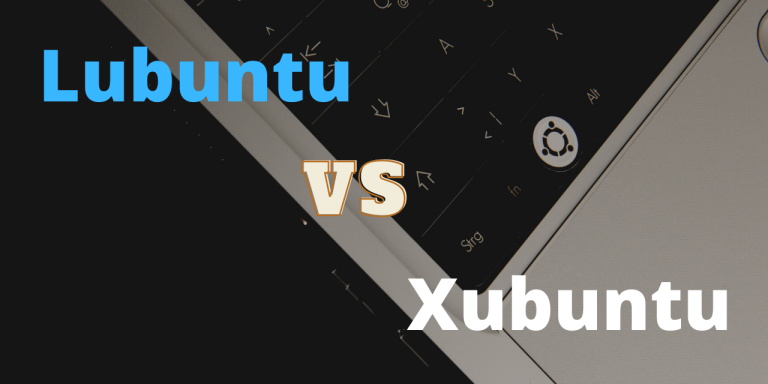One of the reasons why Ubuntu Linux is placed among the biggest Linux distributions is the fact that it itself has a ton of editions and flavors available, both officially and unofficially. Lubuntu and Xubuntu Linux are what you call the “flavors” of the Ubuntu desktop edition. Both of these OSes are designed for older systems which might not have as much processing power and memory as the newer, more efficient systems have.
Because both of these Linux distributions are targeted at the same archetype of users, we will be comparing both of these distros in-depth to see which one might be better for you.
Also check: Ubuntu vs Lubuntu: Top 8 Differences Between Ubuntu and Lubuntu
Brief Overview
Lubuntu
Official page: Lubuntu – The official Lubuntu home
- Lubuntu is an Ubuntu-based OS which uses the LXQt desktop environment.
- Lubuntu is one of the few derivative Linux distribution which is officially recognized by Canonical Ltd.
- The journey of Lubuntu was sparked by the LXDE (Lightweight X11 Desktop Environment) which was made available for Ubuntu in 2008.
- LXDE (a former desktop environment for Lubuntu) merged with Razor-qt and is presently known as LXQt.
Xubuntu
Official page: Xubuntu
- Xubuntu is an Ubuntu-based OS which uses the Xfce desktop environment.
- Xubuntu is also an officially recognized flavour of Ubuntu, which was released earlier than Lubuntu.
- Xubuntu itself also has many derivatives developed by third-party developers.
- Just like Lubuntu, Xubuntu aims to deliver better performance for machines with lower specifications.
Now, let us take a look at both of these OSes in depth.
The User Interface
When I booted up Lubuntu for the first time, I was pleasantly surprised with how the desktop looked.
In Lubuntu, the desktop has a modern yet minimalistic feel to it. Just like Windows, a taskbar is present at the bottom of the screen, which hosts everything you need to use your PC. Navigating through the applications and settings also feels very natural.
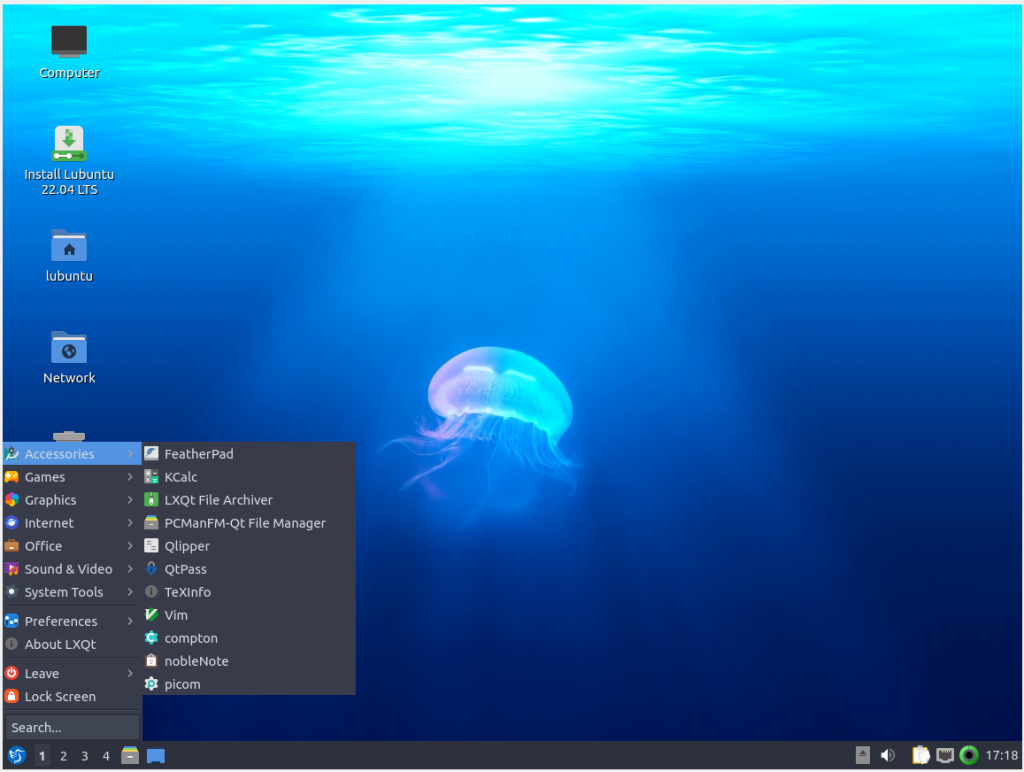
Meanwhile, the boot splash screen of Xubuntu felt similar to Ubuntu, hence I expected its UI to look similar to GNOME as well. But obviously, as the desktop environment wasn’t GNOME, what we got was the very minimalistic, slightly older-looking desktop in Xubuntu which is known as the XFCE desktop environment.
The application menu reminded me of Windows XP with its classic look that some may admire. Although the Lubuntu desktop looked better because of its modern styling, Xubuntu has a more detailed application menu that looks less cluttered.
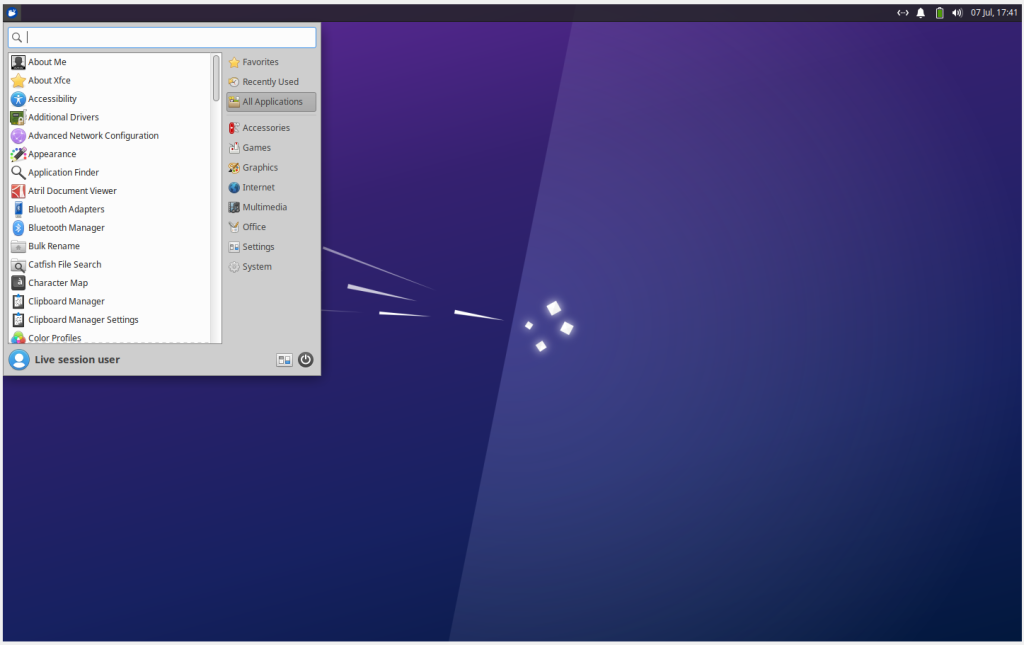
Talking about the file manager, both of the OSes provide a satisfying experience that leaves no one with complaints. As of now, Lubuntu uses the lightweight PCManFM-Qt file manager and Xubuntu comes with the fast and easy-to-use Thunar file manager.
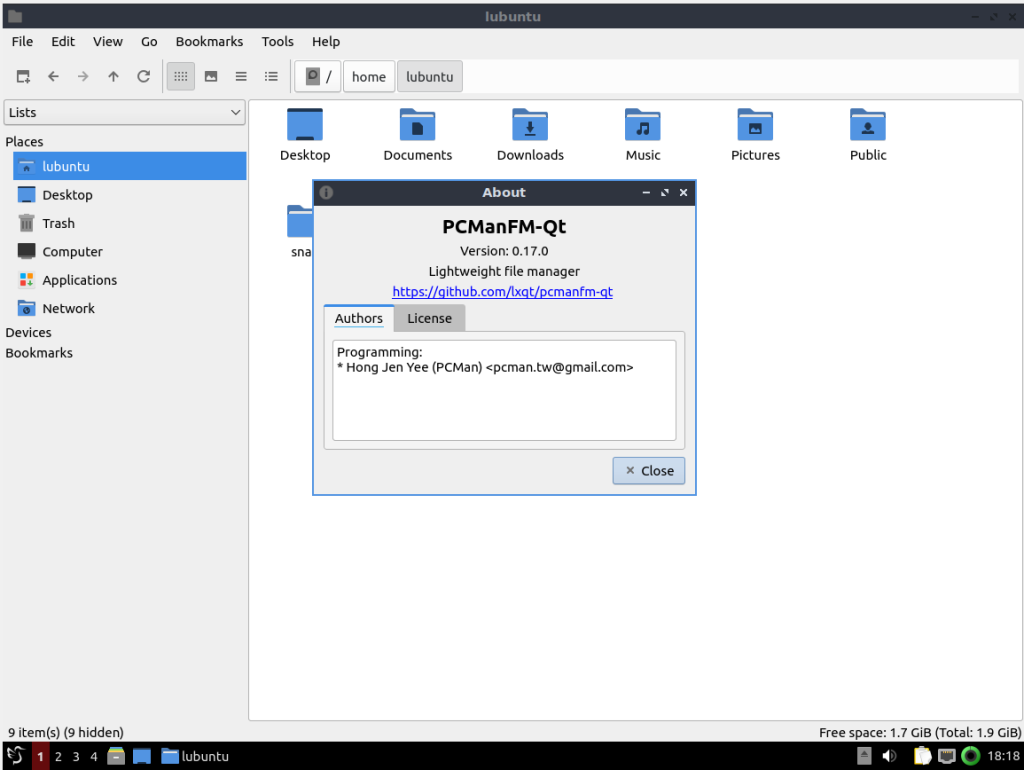
The file manager in Lubuntu feels more in sync with the overall design of the OS.
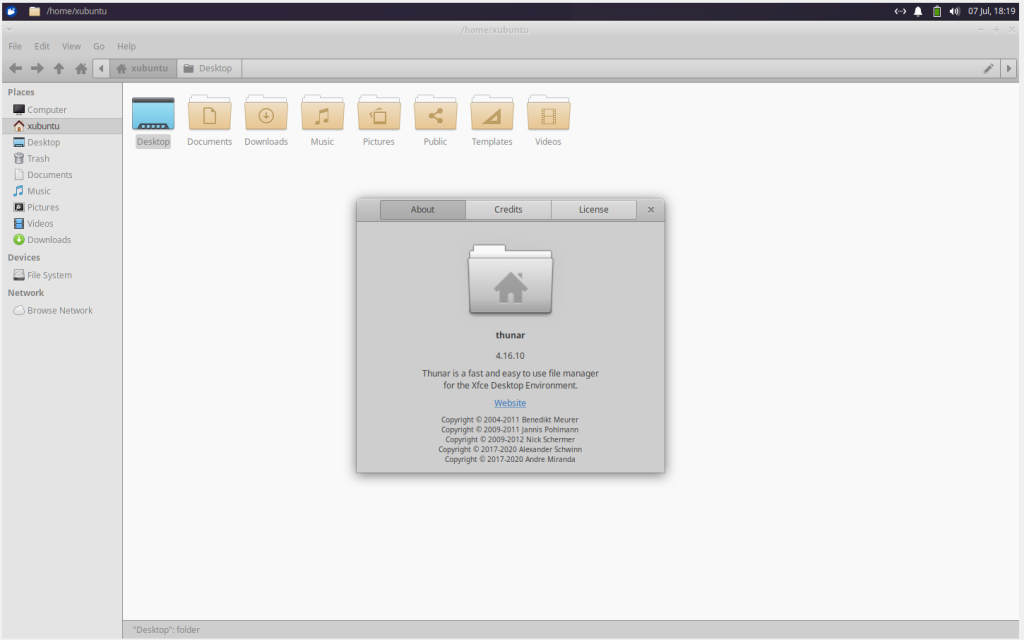
Thunar file manager on Xubuntu looks bland and old, but in terms of functionality, it is at par with Ubuntu.
Lastly, one thing that I particularly wanted to point out was dark mode. Lubuntu does not have a dark mode feature, and you have to rely on customization features to change the appearance manually. Meanwhile, Xubuntu has a dark-mode present that can be easily accessed through settings and is applied over all the applications. These were the major differences between the desktops of both these distros.
Performance differences
As both of these OSes are based on Ubuntu, you can expect similar performance and system resource usage across applications and games. As both of these OSes are designed keeping in mind the specifications of an old device, you won’t be noticing any hiccups or lags while doing day-to-day tasks.
That being said, Lubuntu does edge out Xubuntu in terms of memory utilization.
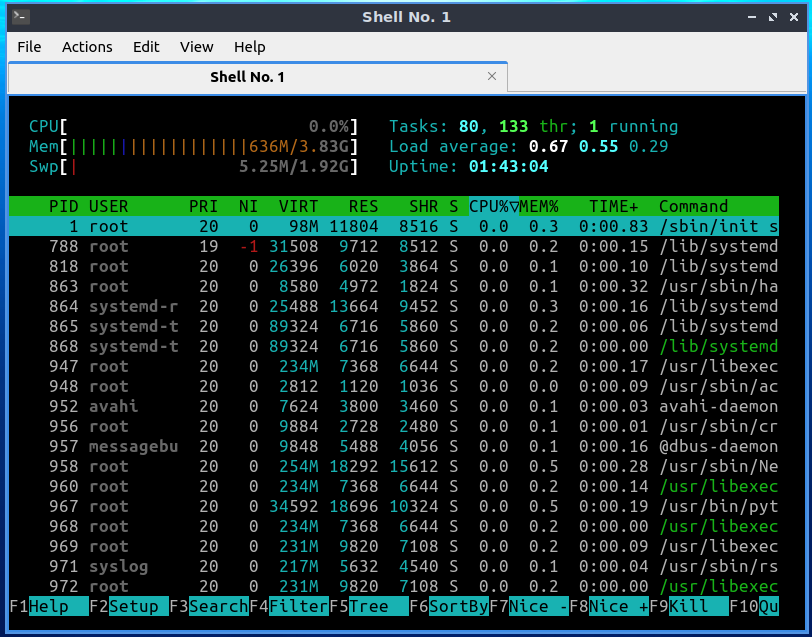
Lubuntu has fewer background tasks, hence the CPU and memory usage is a tiny bit lower than that of Xubuntu.
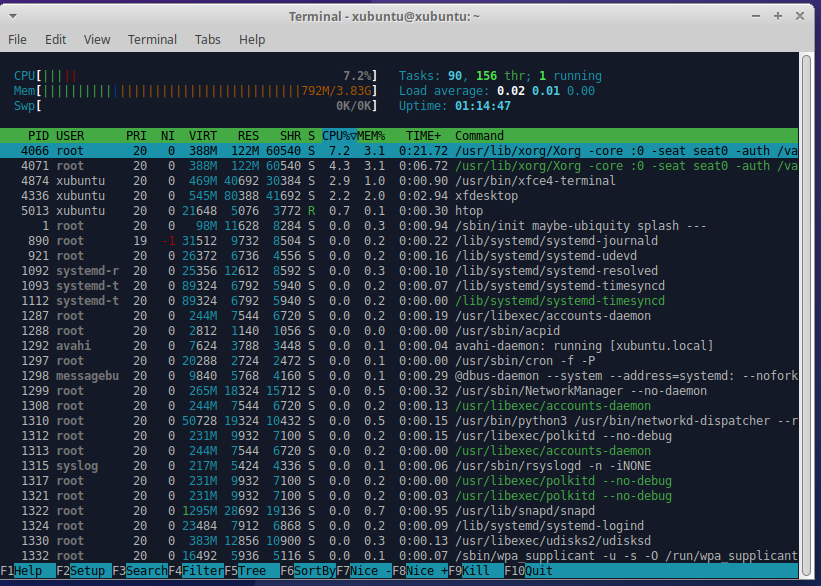
Lubuntu vs Xubuntu – Applications and Utility
Both the OSes come with some pre-installed applications like LibreOffice and games to get you started. As for compatibility, as both the operating systems are a flavor of Ubuntu, there are no compatibility issues with the applications and games that are already available for Ubuntu.
Compared to Xubuntu, one major letdown from Lubuntu is that it lacks the Ubuntu Software Center. New Linux users might have some trouble finding and installing software on Lubuntu.
Meanwhile, in Xubuntu, you get a full-fledged software center that works as intended and is super handy.
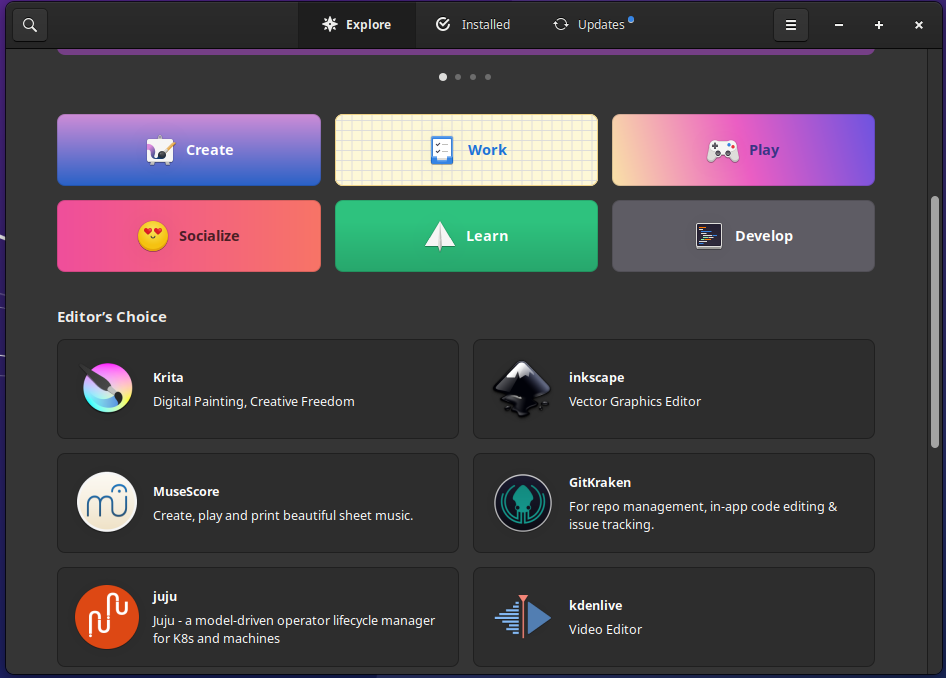
Lubuntu vs Xubuntu – Community help and support
Both the operating systems have well-established communities and forums (See the references section below for links). If you are having any issues with your system, you can rely on the community and documentation to guide you through the issues.
Talking about support, both of these operating systems are regularly updated along with the Ubuntu release. The LTS (Long Term Support) version is maintained for three years after release in both of these operating systems, and you receive regular security updates as well.
References
Conclusion
Both of the Linux distros are very close when we compare them as operating systems that are lightweight and fast. In my opinion, The look and feel of Xubuntu is more beginner-friendly, while Lubuntu is the one with a modern feel to it. Both of these flavors are excellent for older hardware or for the users who prefer a lightweight operating system on the top of the Ubuntu base.
Kubuntu is another major flavor of Ubuntu which ships with the KDE desktop environment instead, which you can also check out. I hope this article was able to help you find the best one!

